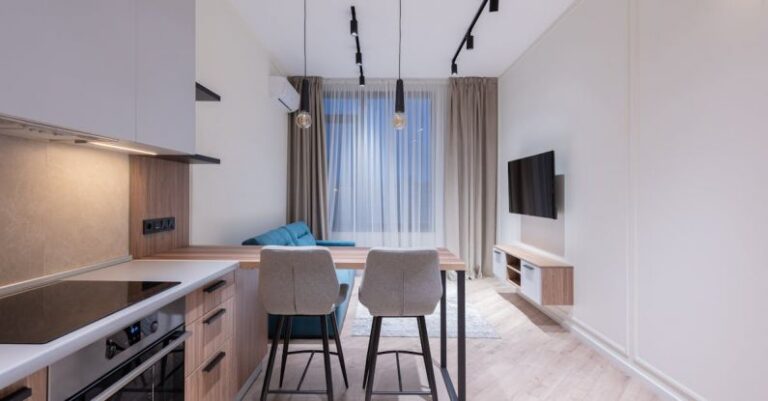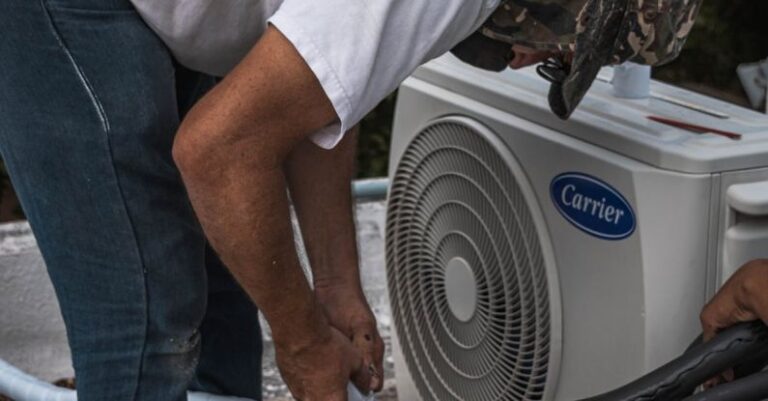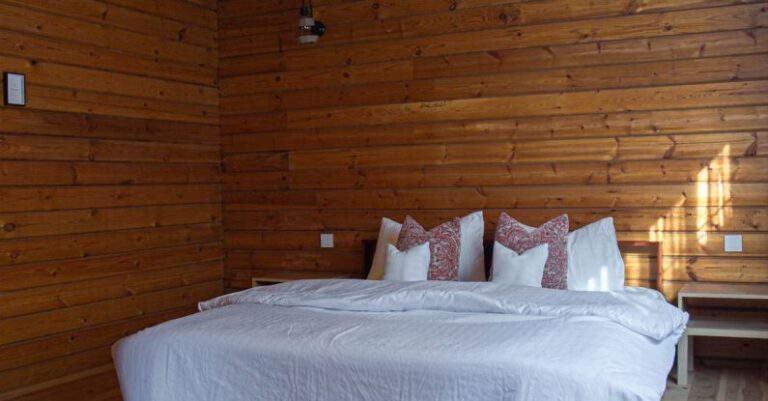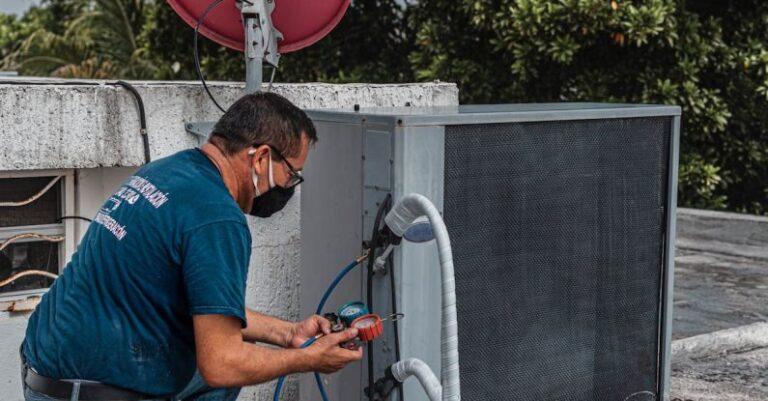
Proper ventilation plays a crucial role in enhancing cooling within indoor spaces. Whether it’s a residential home, office building, or industrial facility, ensuring adequate ventilation is essential for maintaining a comfortable and healthy environment. By promoting air circulation and removing excess heat and moisture, proper ventilation not only helps to regulate temperatures but also improves indoor air quality. In this article, we will delve into the various ways in which proper ventilation enhances cooling and why it is essential for creating a more comfortable and efficient living or working environment.
**The Importance of Air Circulation**
One of the primary ways in which proper ventilation enhances cooling is by promoting air circulation within a space. When air is allowed to flow freely, it helps to distribute cool air more evenly, preventing hot spots and ensuring that every corner of the room receives adequate cooling. Without proper ventilation, air can become stagnant, leading to pockets of warm air that make it difficult to maintain a consistent temperature. By allowing for the movement of air, ventilation helps to create a more comfortable and balanced indoor environment.
**Removing Excess Heat**
Another key benefit of proper ventilation is its ability to remove excess heat from a space. During the warmer months, buildings can quickly heat up due to factors such as sunlight exposure, electronic equipment, and human occupancy. Without adequate ventilation to remove this accumulated heat, indoor temperatures can become uncomfortably high, leading to discomfort and even health risks. By allowing hot air to escape and facilitating the entry of cooler air, proper ventilation helps to regulate temperatures and create a more pleasant indoor climate.
**Moisture Control**
In addition to heat, proper ventilation also plays a crucial role in controlling moisture levels within a space. Excess moisture can lead to a variety of issues, including mold growth, musty odors, and damage to building materials. By allowing for the exchange of indoor and outdoor air, ventilation helps to reduce humidity levels and prevent the buildup of moisture. This not only enhances cooling by creating a drier and more comfortable environment but also helps to protect the structural integrity of the building and promote better indoor air quality.
**Energy Efficiency**
Proper ventilation can also contribute to improved energy efficiency within a building. By promoting natural airflow and reducing the need for mechanical cooling systems, ventilation can help to lower energy consumption and associated costs. When indoor spaces are well-ventilated, occupants may rely less on air conditioning units or fans, leading to decreased energy usage. Additionally, by preventing the buildup of heat and humidity, ventilation can help cooling systems operate more efficiently, further reducing energy waste.
**Enhancing Indoor Air Quality**
Another significant advantage of proper ventilation is its role in enhancing indoor air quality. Poor ventilation can lead to the accumulation of pollutants, allergens, and other harmful substances in the air, which can negatively impact occupants’ health and comfort. By providing a constant supply of fresh outdoor air and removing indoor pollutants, ventilation helps to create a healthier and more pleasant indoor environment. Improved air quality can lead to fewer respiratory issues, increased productivity, and overall well-being for building occupants.
**Creating a Comfortable Environment**
Ultimately, proper ventilation is essential for creating a comfortable and inviting indoor environment. By enhancing cooling through air circulation, heat removal, moisture control, and energy efficiency, ventilation plays a vital role in ensuring that indoor spaces remain comfortable and enjoyable year-round. Whether in residential, commercial, or industrial settings, investing in proper ventilation systems is key to enhancing cooling and creating a healthier, more efficient living or working environment.





